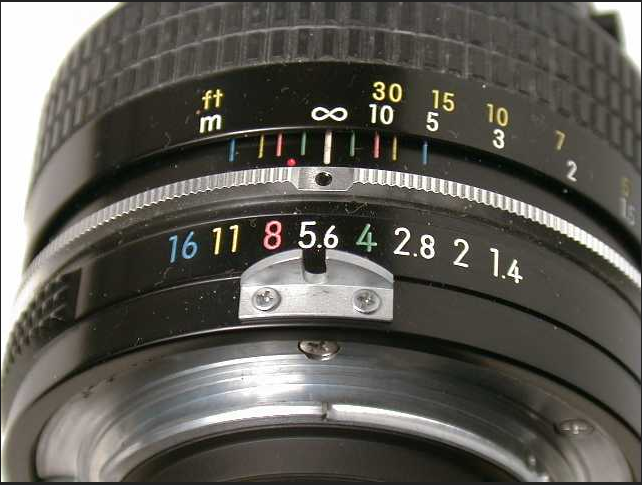ISO
The camera’s ISO setting is its sensitivity to light. The higher the ISO, the more sensitive it is. This is measured according to international standards, so ISO100 on one camera will be exactly the same as ISO100 on another.
Each ISO setting is double the one before: if you increase the ISO from 100 to 200, you double the camera’s sensitivity; and if you increase it from 200 to 400, you double it again. This carries on through the ISO scale.
This is deliberate. The ISO settings are designed to double (or halve) the exposure in the same way that the lens aperture settings and shutter speed settings are, and this is why the lens aperture, shutter speed and ISO are often described as the ‘exposure triangle’.
For example, if you want to use a faster shutter speed without changing the aperture, you could increase the ISO instead.
This relationship between lens aperture, shutter speed and ISO could quickly get complicated, but there are drawbacks to changing the ISO which mean that in practice you tend to change the ISO only when you have to.
Simply put, aperture is a hole within a lens, through which light travels into the camera body. It is easier to understand the concept if you just think about our eyes. Every camera that we know of today is designed like human eyes. The cornea in our eyes is like the front element of a lens – it gathers all external light, then bends it and passes it to the iris. Depending on the amount of light, the iris can either expand or shrink, controlling the size of the pupil, which is a hole that lets the light pass further into the eye. The pupil is essentially what we refer to as aperture in photography. The amount of light that enters the retina (which works just like the camera sensor), is limited to the size of the pupil – the larger the pupil, the more light enters the retina. So, the easiest way to remember aperture, is by associating it with your pupil. Large pupil size equals large aperture, while small pupil size equals small aperture.

Shutter Speed
Shutter speed, also known as “exposure time”, stands for the length of time a camera shutter is open to expose light into the camera sensor. If the shutter speed is fast, it can help to freeze action completely, as seen in the above photo of the dolphin. If the shutter speed is slow, it can create an effect called “motion blur”, where moving objects appear blurred along the direction of the motion. This effect is used quite a bit in advertisements of cars and motorbikes, where a sense of speed and motion is communicated to the viewer by intentionally blurring the moving wheels.













No comments:
Post a Comment